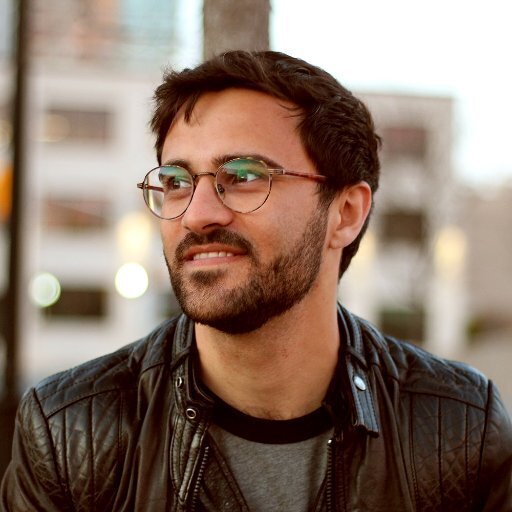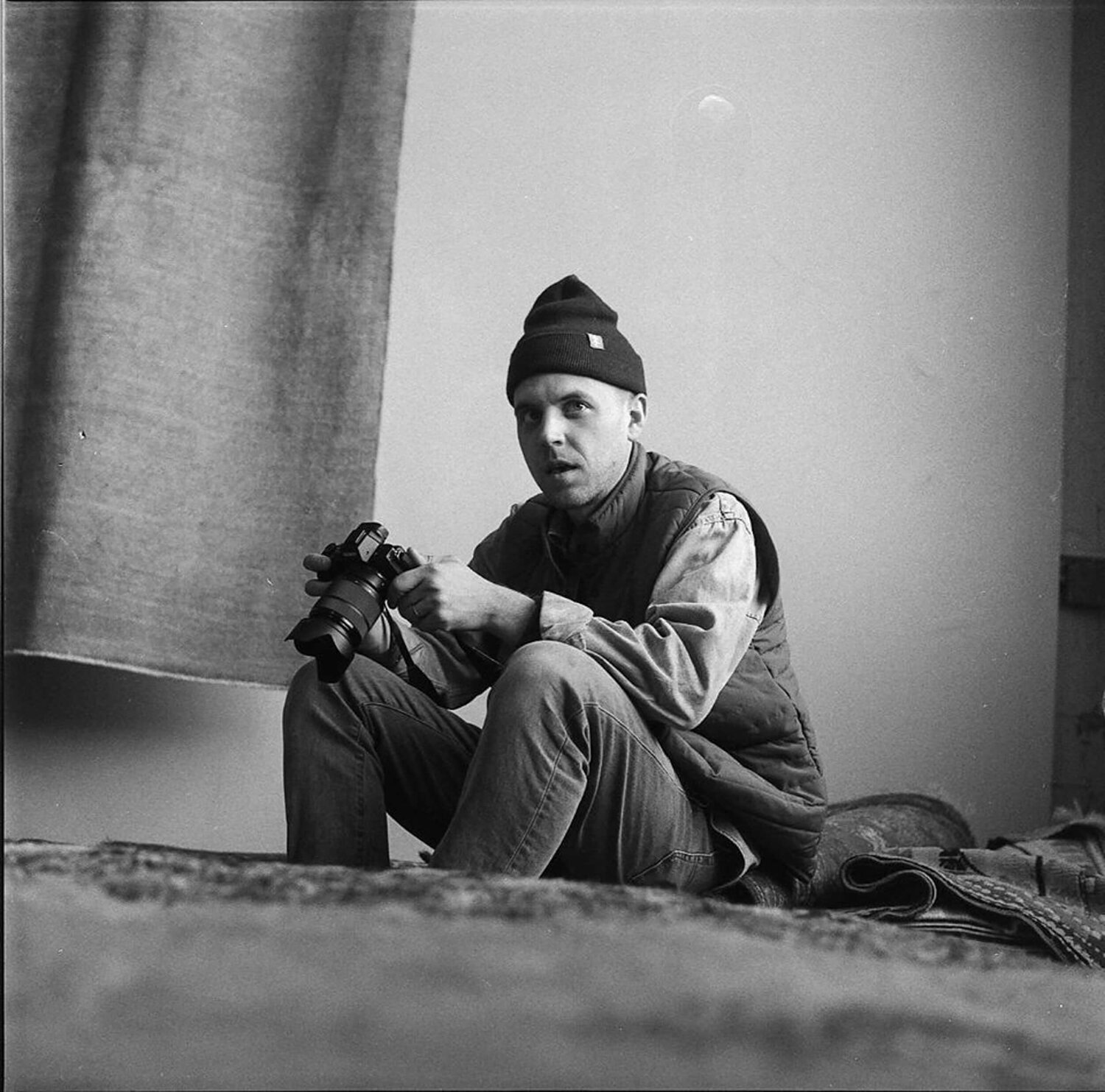This is "The Year of Action." What Does Action Even Look Like?
Back in January, Chuck Marohn announced that 2021 was going to be the Strong Towns Year of Action. The challenges of 2021, he said, were going to be more ambiguous than those of the previous year:
How do we put things back together? How do we strengthen places that were financially frayed even before 2020? How do our local businesses, neighborhoods, and communities recover in an economy that has disadvantaged them in almost every way?
And, at the local level, how do we do it with the resources we have on hand? We can’t wait for others to take action on our behalf. If we want to build a Strong Town, we are going to have to do that with the people around us using the things we have at our disposal.
To help advocates working to rebuild, we introduced new resources over the last couple months, including The Action Lab and the Local-Motive Tour. Yet based on some of the conversations we’ve had with our members and audience, the prospect of putting the Strong Towns approach into action in their community can seem intimidating: They feel alone. They are discouraged by the scope of the problems in their city. And they assume “taking action” means doing something big.
It’s true that most North American cities are facing an uphill climb. But residents working to rebuild aren’t alone. And taking meaningful action often doesn’t—and usually shouldn’t—start with doing something big. It starts by doing the next smallest thing to address a problem, learning from and iterating on that action, and then building from there. An accumulation of small, bottom-up measures can lead to large and long-lasting change.
To demonstrate the power of little bets and small steps, we’ve gathered just a few of our favorite examples below. We hope you find these case studies inspiring and instructive. For more examples like these, check out the Strong Towns Action Lab. And to hear new stories like this every week, make sure to subscribe to The Bottom-Up Revolution.
This Is What We Can Do Together
Broad Avenue in Memphis, Tennessee, could have been any of thousands of avenues in dozens of American cities. This mixed-race, mixed-income area sports a historic business district with an attractive row of old buildings that line the sidewalk. But the commercial strip went mostly belly-up after the 2001 extension of a parallel elevated highway diverted nearly all through traffic away from the street.
Fortunately, Broad Avenue in Memphis isn't just any of thousands of similar avenues. It's one that has turned a corner, and in a remarkable way that should stand as a model of what the Strong Towns approach can achieve.
Neighbors Come Together to Build a Laundry Co-op
You might be familiar with food co-ops or housing co-ops. But how about a laundry co-op? A group of community members in the Woodhill neighborhood of Cleveland are starting just that. Marilyn Burns and Leah Ross are part of a group of residents who, through surveys and outreach, learned that a majority of their neighbors do not have access to a nearby washer or dryer. This may seem like a small thing, but it’s such a fundamental and basic component of human dignity.
Accordingly, Burns and Ross are collaborating with neighbors to get a cooperative laundromat started. Burns and Ross discuss what it’s like to start a neighborhood-based effort like this one. They talk about all the important steps along the way, including gathering people together, doing your research, finding funding, and building support for the effort—always rooted in a dedication to listening to neighbors’ needs rather than dictating an outcome. It’s community engagement in the truest sense, from the bottom-up.
Transforming a Downtown Street Into a Pedestrian-Friendly Space
Sam Nabi, based in Kitchener, Ontario, is a business owner, urban advocate, and more. In this episode of The Bottom-Up Revolution, Sam walks you step-by-step through the journey he and his neighbors undertook to transform a downtown street into a pedestrian-friendly public space. He highlights the importance of building coalitions and meeting everyone on their terms, understanding their values and concerns in order to work together to strengthen their city. Sam also discusses the need to choose your battles carefully, to test things out before making permanent change, and to ask for feedback from neighbors at every step along the way.
This should be a very educational conversation for anyone who’s looking to make streets more welcoming to people on foot and improve public spaces in their cities. We know that these sorts of steps create more economically productive communities—where local businesses thrive, where people develop civic pride, and where public resources are put to their best use.
Using Art and Stories to Strengthen Your City
What if there was a way to get to know a lot more of the businesses in your community on a deep level? How might your city be transformed if everyone cared more about the people around them? Jacob Titus is a photographer, filmmaker, designer, and creator living in South Bend, Indiana. In this conversation, we talk with Titus about the publication he started, West.SB, and how he uses photography and writing to tell the stories of his city—its people, its places.
We talk about what happens when you open your eyes to the stories around you. We talk about how art can help people see things differently and even build stronger towns. We talk about the revelations that take place when we look closely at the history of our cities. And yes, we talk a little about Mayor Pete Buttigieg too.
An Incremental Campaign to Improve the Transit Experience
Waiting for a bus can be a very uncomfortable experience for any transit rider. Standing, waiting, often in the elements or in the brutal heat, next to a busy roadway with fast moving cars—it’s a feeling only a regular bus rider knows. And this discomfort is heavily magnified for riders with disabilities, elderly passengers, and parents with young children.
A group of advocates in Rochester, New York, came together to do something about it. They found that simply having a place to sit while waiting for the bus can be anything from a welcomed comfort and source of dignity, to an essential bridge to greater community mobility.
The Antidote to Powerlessness? Try Planting Street Trees.
Strong Towns member Genevieve Barber witnessed her block transform into a speedy thoroughfare, where drivers treat the sidewalk as a third lane (with the tire marks to prove it). Picture that scenario on your own block and you’d likely feel powerless, as well. That changed, however, when Genevieve embraced the power of small bets: low-cost, low-lift interventions to immediately address a struggle. Inspired by Strong Towns, she and her neighbors planted 15 street trees along the block—a proven way to discourage speeding.
Genevieve and her neighbors know that street trees alone won’t suddenly resolve the issue of the speedy thoroughfare. But, as you’ll learn from Genevieve, it’s exactly the response every neighborhood needs to turn the too big and too complicated into action.
Do you want to do more? Join these advocates who are stepping up to make their communities stronger. 2021 is the Year of Action, and you can start by helping to support the Strong Towns movement. Take that first small (but important) step and become a member today.






